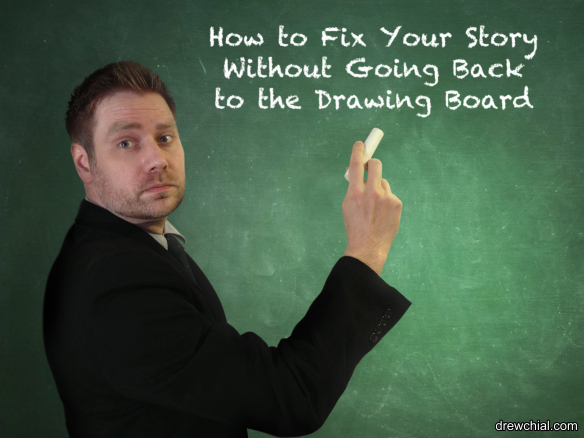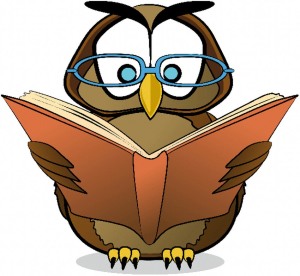Taking writing tips from fashion design and furniture making, learning to let go and write #amwriting
When you sit at the keyboard (or seize your writing irons), how certain are you about what you’re going to write?
I’m a big fan of plans, but sometimes they’re frustrating. We know the next point in the story but can’t get the characters there. We need to set up a development and it won’t work. Or we need something, anything to darn well happen.
This week I heard the broadcast journalist Libby Purves (@Lib_Thinks) ask two creatives about their processes, and the results were rather interesting (listen to it here) . They weren’t writers, but what they described was exceedingly familiar.
The moment when you get the pencil out
Fashion designer Katherine Hooker (left) @KatherineHooker and furniture maker Peter Korn (below) (who has written this book about creativity) were asked about the moment ‘when you first get the pencil out and think now I’m going…
View original post 645 more words



